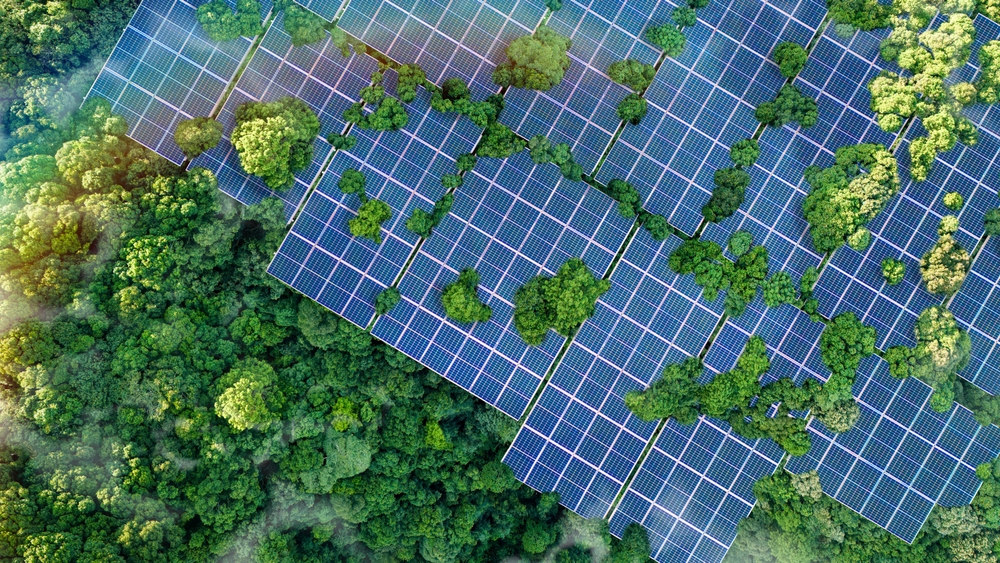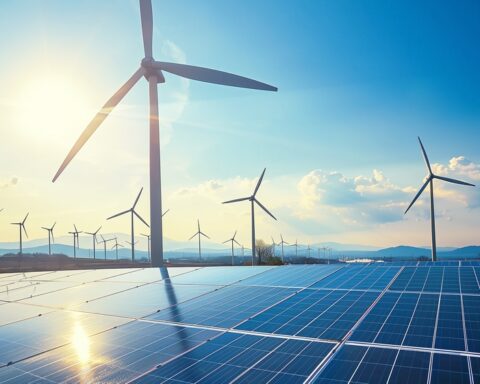How many years would you wait to break even on a purchase that costs as much as a used car and bolts onto your roof? If you’ve ever thought about going solar, that’s essentially the question you’re asking—how long before solar panels pay for themselves and start saving you actual cash?
Spoiler: it’s not as far away as you might think, but it does depend on a few surprisingly personal variables—your roof, your power use, and yes, even how sunny your zip code is.
Let’s unpack the real math behind solar panel payback and figure out when your investment flips from “sunk cost” to “sun profit.”
The Solar Payback Period, Defined
The payback period is the amount of time it takes for your solar energy system to recoup its upfront cost through energy savings. After that? Your panels are basically making money for you every time the sun shines.
Most solar panel systems today break even in 6 to 12 years. But there’s no one-size-fits-all timeline—your actual number could swing higher or lower depending on several key factors.
What Impacts Your Solar Payback Time?
Let’s break down what either speeds up or slows down your road to break-even.
1. Upfront Cost of the System
- Residential solar systems typically cost $24,000 to $36,000 after tax credits.
- Prices vary based on system size, installer, brand, and whether you buy outright or finance.
2. Tax Incentives and Rebates
- A 30% federal tax credit significantly reduces your upfront cost.
- Many states and utilities also offer local rebates or performance-based incentives that can shave years off your payback period.
3. Electricity Rates in Your Area
- The higher your utility rate, the more you save by generating your own power.
- Solar pays back faster in places with expensive grid electricity.
4. Your Energy Consumption
- If you’re a power-hungry household with an AC unit that runs all summer, you’ll see faster returns than someone who barely uses electricity.
- The more solar offsets your bill, the quicker your savings stack up.
5. Net Metering Policies
- Net metering lets you sell excess energy back to the grid, further reducing your bill.
- States with full retail net metering offer the biggest payback potential.
6. System Efficiency and Maintenance
- Quality equipment with good warranties may cost more upfront, but they tend to last longer and perform better.
- Most solar systems are low-maintenance, but occasional panel cleaning or inverter replacement might be needed after 10-15 years.
Quick Math: A Sample Payback Scenario
Let’s say you install a 6 kW solar system that costs $24,000 upfront. After applying the 30% federal tax credit, your net cost drops to $16,800. Your monthly electricity bill is $150, or $1,800 per year.
If your solar panels offset your entire bill, you’d save $1,800 per year.
$16,800 ÷ $1,800 = 9.3 years
In just over nine years, your panels have paid for themselves. And considering most systems last 25 to 30 years, that leaves around 15 to 20 years of pure savings.
That’s enough to cover a new HVAC system, a few dream vacations, or just more iced lattes guilt-free on a hot summer day.
Speeding Up the Solar Payback Clock
Want to shrink that break-even window? Here’s how to tip the odds in your favor.
- Get multiple quotes. Some installers charge thousands more than others for nearly identical systems.
- Maximize tax credits. Don’t leave that 30% credit on the table. It’s not forever—expiration dates are coming.
- Choose a high-efficiency system. A cheaper panel might cost you more in lost energy over time.
- Time your install wisely. Some states offer time-sensitive rebates or seasonal incentives. Timing it right can slash your cost.
- Avoid high-interest financing. If you’re financing your system, opt for low-interest loans or zero-down options that don’t quietly balloon your total cost.
What Happens After Payback?
Once you hit that break-even point, your system is essentially generating free electricity. That can mean a few benefits.
- Lower bills for decades (a well-maintained system can last 25–30 years).
- Insulation from rising utility rates, which have a habit of creeping up.
- Increased home value—buyers increasingly see solar as a smart upgrade, not a gimmick.
- Energy independence if paired with a battery system—no more sweating blackout season.
It’s not quite printing money, but it’s about as close as a rooftop can get.
When Solar Might Not Be Worth It (Yet)
For all the glowing ROI charts, solar isn’t a slam dunk for everyone. It might not make sense in certain situations.
- You plan to move soon. If you won’t be in your home long enough to hit payback, think twice.
- Your roof is too shaded. Trees are great for air quality but not for solar exposure.
- You have a low utility bill. If your energy usage is minimal, the savings might not outweigh the install cost.
- Your state lacks net metering. Without it, excess power might not pay you back the way you expect.
You can always revisit solar later—technology is getting cheaper and smarter every year.
Is Solar Still a Good Investment?
Despite what your uncle’s Facebook post says, the math on solar still holds up in most parts of the country. If your home and habits align with the right conditions, your solar panels will likely pay for themselves and keep kicking out savings for years to come.
And with climate volatility, energy market fluctuations, and power grid drama on the rise, locking in your own supply of sun-fueled electricity is starting to look less like an upgrade—and more like a smart long game.
The Real Win: Owning Your Energy Future
Solar payback isn’t just about dollars—it’s about control. The moment your panels cross that break-even threshold, you’re no longer at the mercy of unpredictable energy bills or utility rate hikes.
You’ve turned your home into a mini power station. And every sunny day after that? It’s yours to profit from.





